On July 4, 1997, the lander of the Mars Pathfinder mission made a soft landing in Ares Valley. It delivered a stationary platform to the Red Planet, as well as the first-ever rover Sojourner. In honor of the 25th anniversary of this event, the editorial staff of The Universe Space Tech would like to recall its main milestones.
Faster, better, cheaper
After the loss of the very expensive Mars Observer device in 1992, the management of NASA decided to implement a new policy under the eloquent name “Faster, better, cheaper”. Adhering to it, the aerospace administration planned to implement a number of missions to study the solar system. It was supposed that their main difference from the predecessors would be much lower price while preserving the former scientific efficiency.
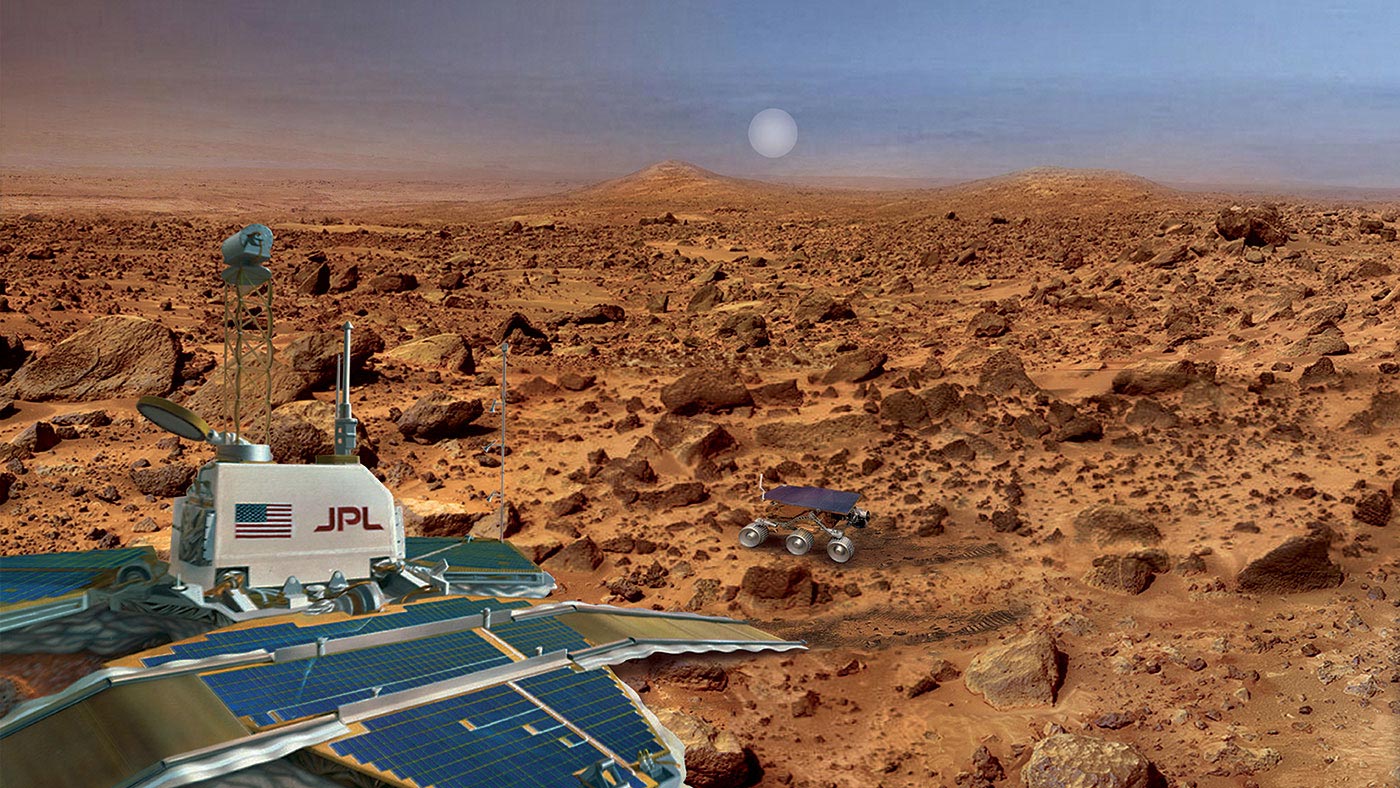
The first project developed as part of NASA’s new strategy was named Mars Pathfinder. It was to become the first American spacecraft since the Viking to make a soft landing on Mars. The main task of the mission was to confirm the viability of the whole concept of low-cost interplanetary missions.
The total cost of the Mars Pathfinder mission was 265 million, which was about 13 times less than the cost of Viking (inflation taking into account). For this money, the aerospace administration was going to deliver a platform with scientific instruments to the Red Planet, as well as a small wheeled device called Sojourner. If the latter was successful, NASA planned to build more complex rovers that would be able to carry out full-fledged scientific research and even search for Martian life in the future.
Building Mars Pathfinder and Sojourner
The Mars Pathfinder stationary platform had a mass of 370 kg (584 kg including the heat shield, parachute and other components of the landing system). Its scientific equipment consisted of three instruments: a stereoscopic camera, an alpha particle X-ray spectrometer, and a weather station designed to collect data on pressure, wind speed, and temperature. The platform received energy from solar panels.
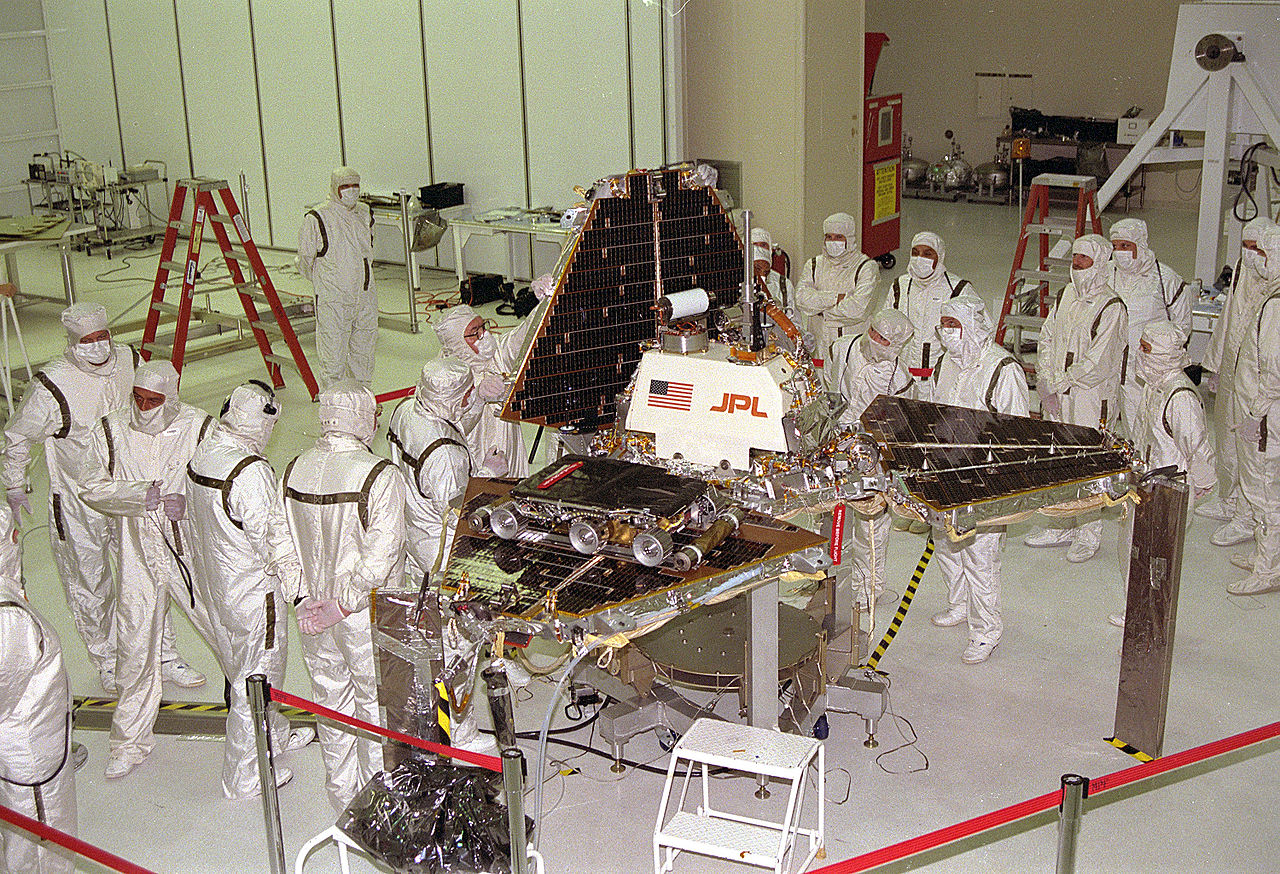
The Sojourner rover had dimensions of 0.65 × 0.48 × 0.3 meters and a mass of 11.5 kg. It was equipped with three cameras and a spectrometer. A solar battery and a non-rechargeable battery were used to obtain energy. To protect electronics from exposure to low temperatures, the device was also equipped with three radioisotope heaters, which contain several grams of plutonium-238.
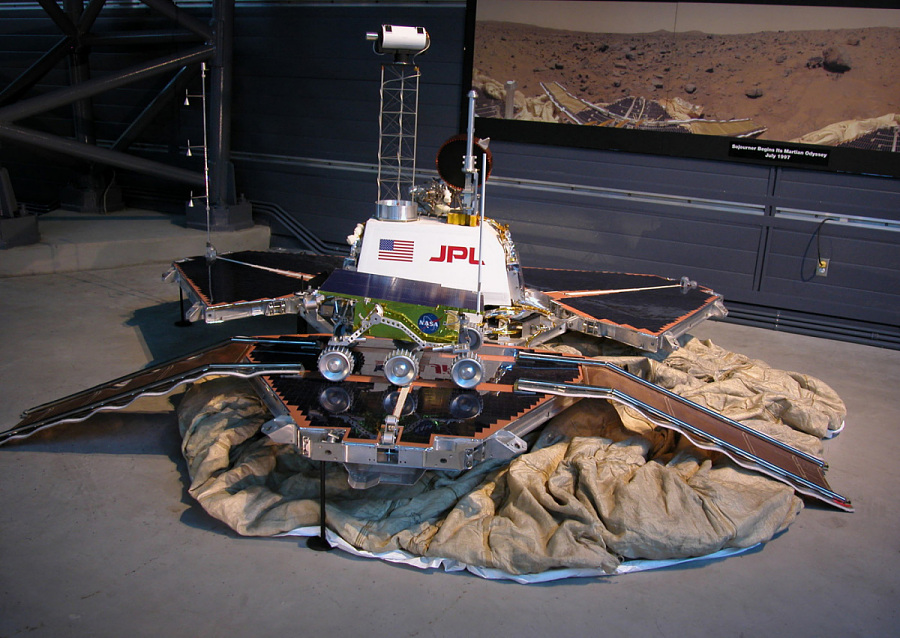
The significant signal delay between Mars and Earth made it impossible to directly control the rover in the style of “Moon Rovers”. Therefore, the device was equipped with an autonomous navigation system.
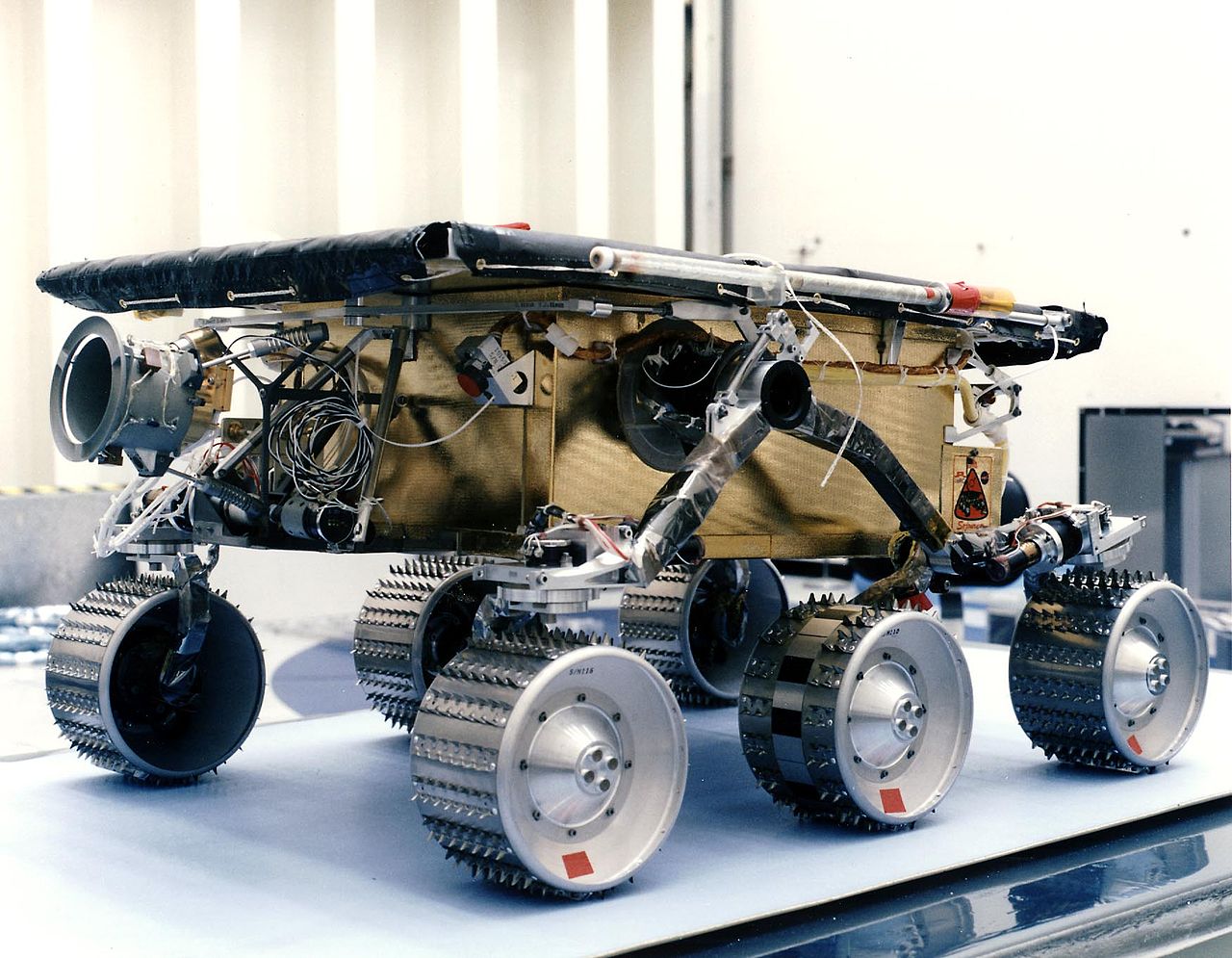
The operation scheme of the first rover’s navigation system looked as follows. Based on the images from the cameras, the Sojourner software created 3D maps of the surrounding area. Next, the on-board computer determined the degree of passability, the height of obstacles, the density of the soil, and the angle of inclination of the surface and chose the shortest and safest path. Then, after traveling 0.5 to 2 meters, the rover was supposed to stop, re-analyze the terrain and continue moving again. The process was repeated until Sojourner reached its target or received a command to stop from the mission control center.
Landing and successful operation of Sojourner
Mars Pathfinder was launched on December 4, 1996. Exactly seven months later, its lander entered the Red Planet’s atmosphere. For the landing, a combination of a parachute and brake engines were used, as well as inflatable shock absorbers, which softened the moment of contact.
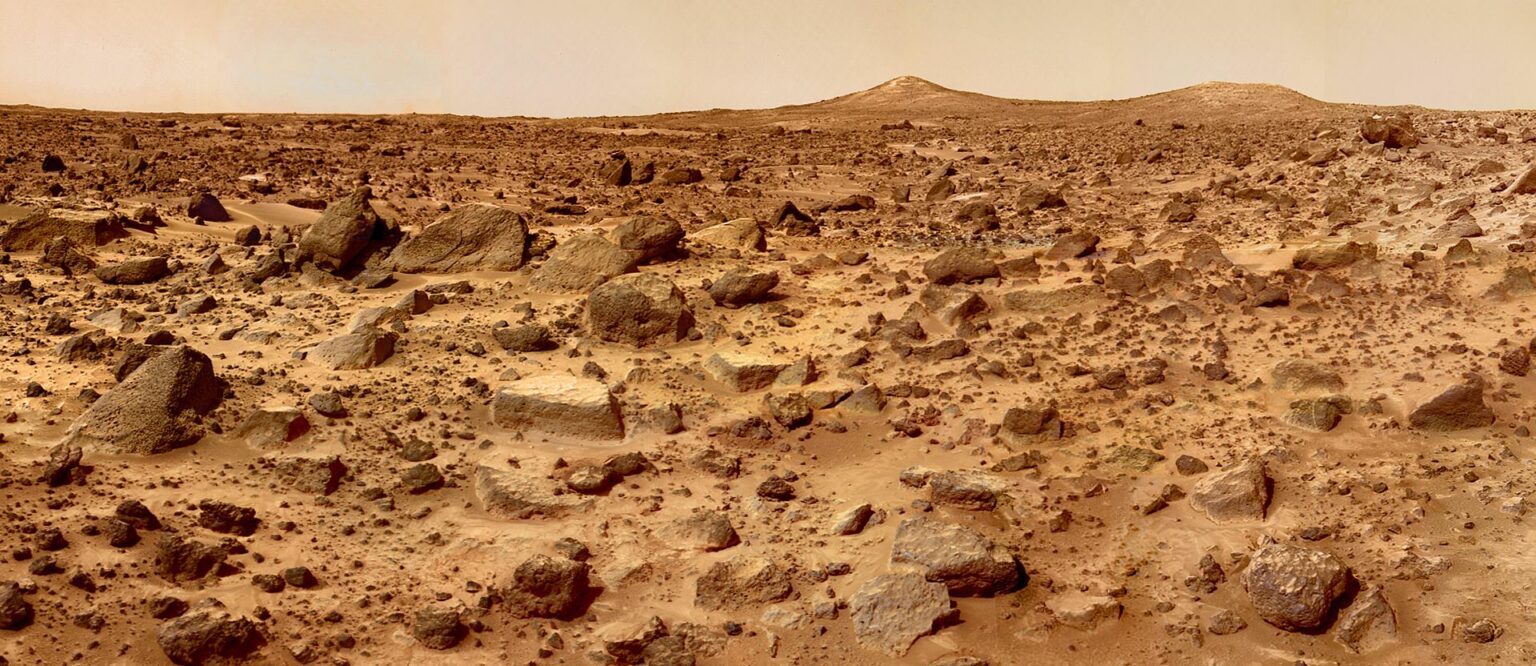
The very next day, Sojourner went down the ramp to the Martian surface, after which it began to carry out its program (by the way, after the successful landing, NASA renamed the Mars Pathfinder stationary platform to the “Carl Sagan Memorial Station” to honor the memory of the famous scientist). It was designed for seven days of work with the possibility of further extension up to thirty days. However, Sojourner lasted much longer than the warranty period, setting a good tradition that was continued by subsequent rovers, as well as the Ingenuity helicopter drone.
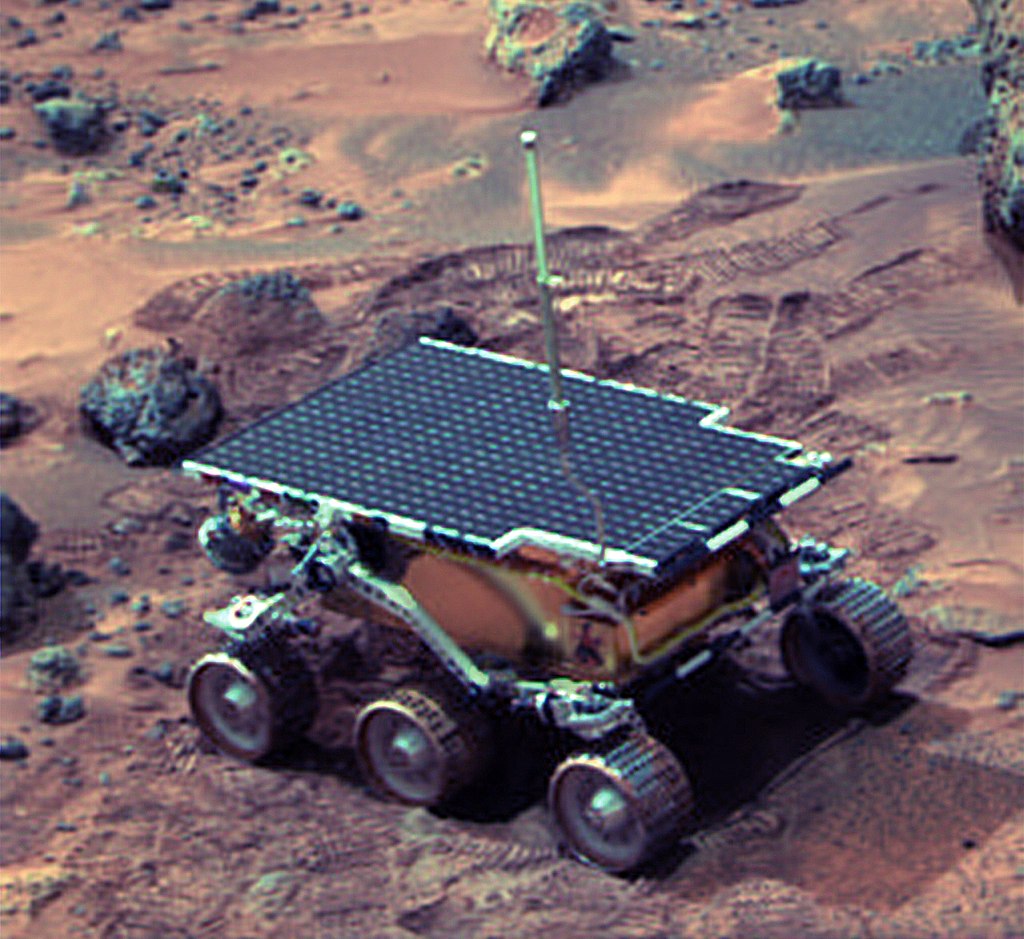
In total, Sojourner worked for 83 days. It inspected many Martian rocks and traveled about a hundred meters on the surface. Ironically, Sojourner’s shutdown turned out to be due to damage not to the rover itself, but to the landing platform that was being used as a repeater. After its failure, NASA lost the ability to communicate with the rover.
The legacy of the first rover
The success of the Mars Pathfinder mission led to NASA’s approval of the Mars Surveyor ’98 program, during which two more, relatively “inexpensive” missions were sent to the Red Planet. Unfortunately, both devices crashed, ending the “Faster, Better, Cheaper” era.
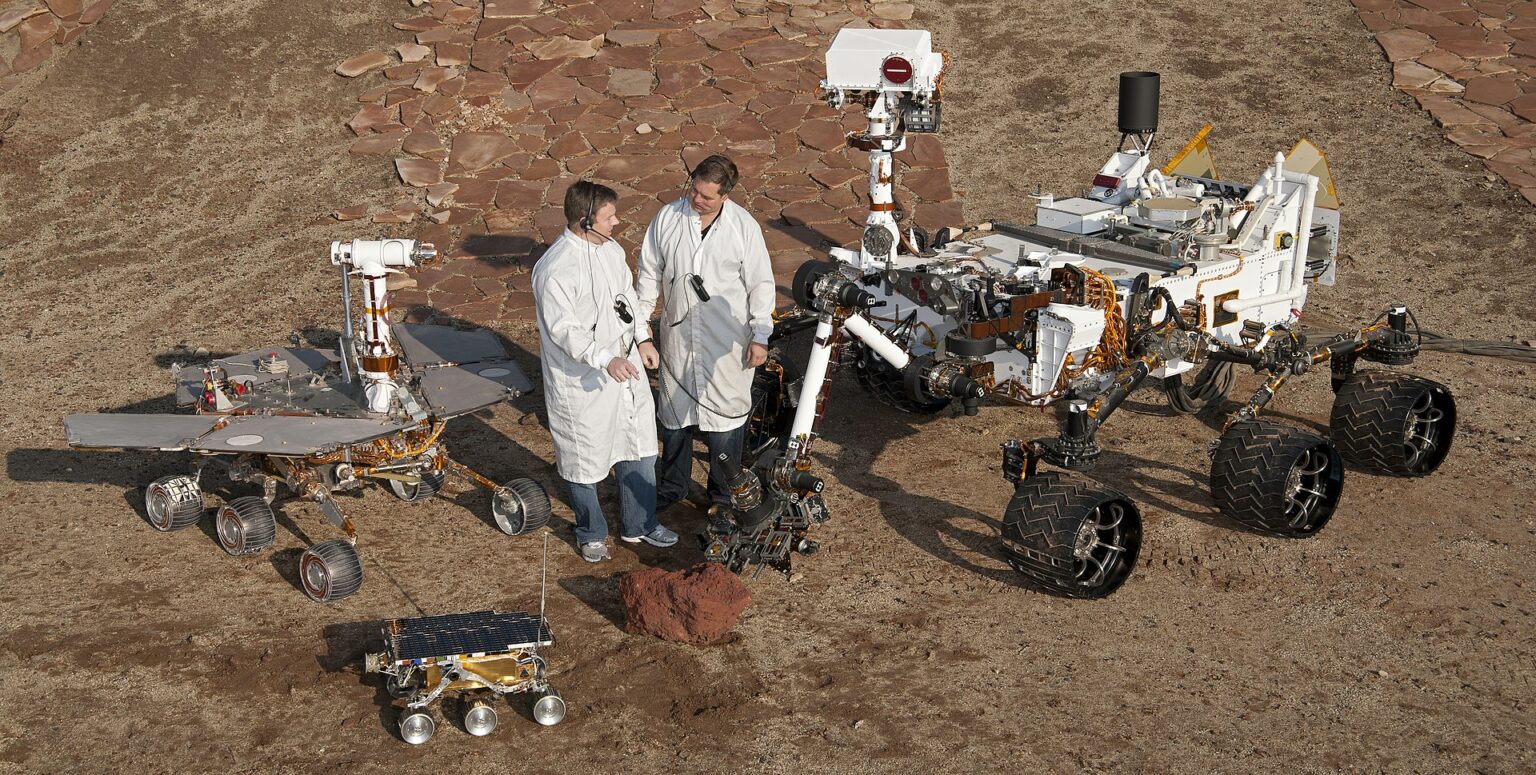
Despite this, the Mars Pathfinder mission became an important milestone in the study of the Red Planet. The success of Sojourner clearly demonstrated the prospects of Mars rovers. Since then, NASA sent four more rovers to Mars, each time increasing their size, enriching their scientific equipment and setting more and more ambitious goals. Yet in each and every of them you can find a piece of DNA from that small machine that landed on Mars twenty-five years ago.
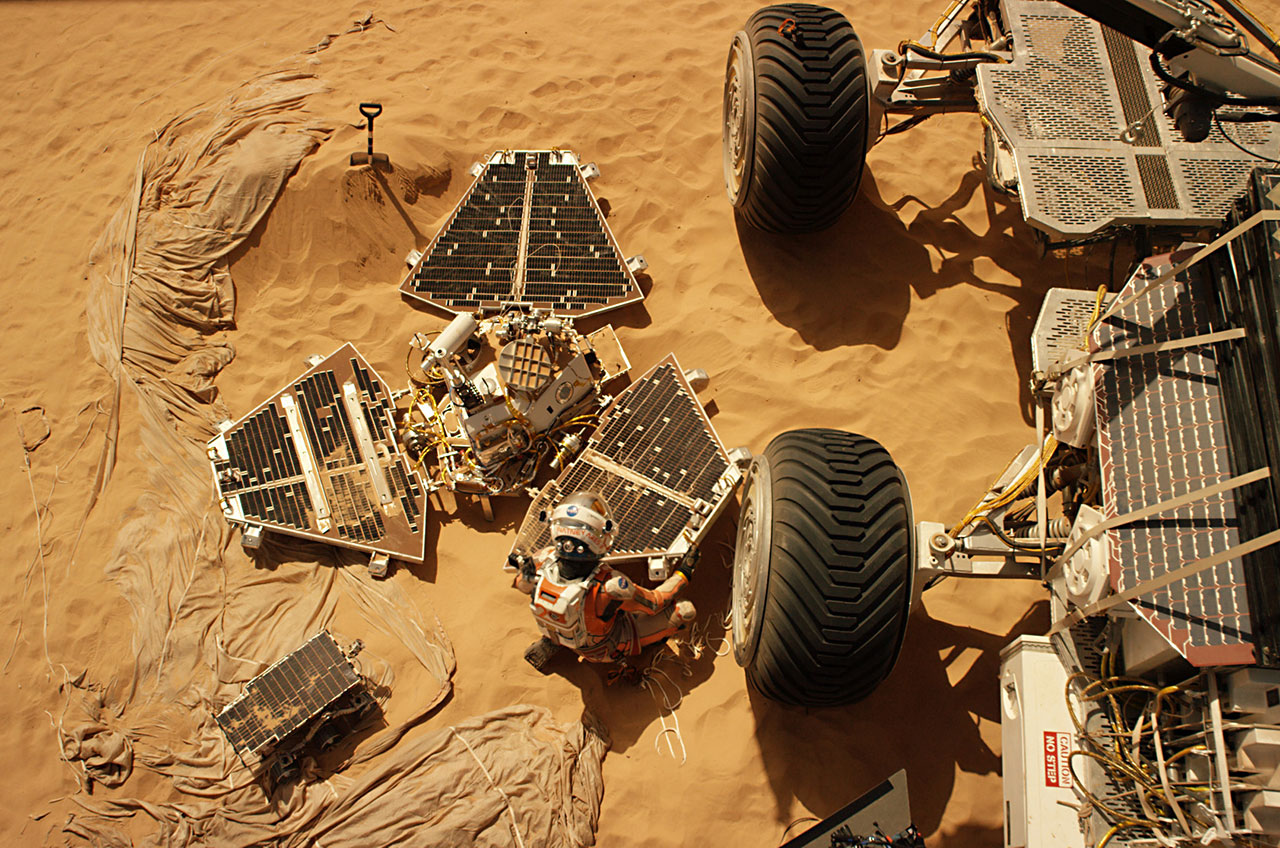
Mars Pathfinder also left its mark in science fiction. The first rover and its landing platform were featured in the film The Red Planet, as well as in the novel The Martian and its subsequent film adaptation. So who knows? Perhaps in the future, people will actually visit the landing site of Sojourner, and then it will take its rightful place in the history museum of the human expansion into outer space.

